Note: this article originally appeared in the Spring Connector Digital Issue from the Steel Erectors Association of America.
Lift Directors love it when a plan comes together
Like the leader of the A-Team, the lift director brings all the key players together, sets the plan and puts it into motion with full authority on the day of the lift.
“Lift directors must know a little about every aspect of the crane operation, but more importantly, they know how to listen. While lift directors do not have to be a master rigger or certified crane operator, they need to be able ask the right questions and work in concert with a lot of different people on the job site,” said Mike Parnell, co-founder and senior consultant at Industrial Training International.
Who is the lift director?
ASME has established requirements for lift directors in all industries to be “qualified.” Despite the fact that these requirements were first published in 2007 (and updated in 2018) many organizations using cranes are unfamiliar with the responsibilities.
According to an article published by the National Commission for the Certification of Crane Operators, “OSHA has cited companies for failure to ‘designate a competent lift director.’ Enforcement actions often begin with asking the rigger and signal person to identify the Lift Director. If there is confusion related to who is performing the role of Lift Director, the Site Supervisor is usually cited. Today, more organizations are identifying the Lift Director by means of a uniquely colored vest or hardhat as well as requiring pre-lift meeting logs that identify the person responsible.”
Lift directors report directly to the site supervisor, working as a team leader with crane operators, riggers, and the crane owner. There could be more than one lift director on a job site. And, according to CCO, the crane operator cannot also serve in the role of the lift director.
Lift Directors do not have to be experts on the crane at the site, however, they take all of the factors into account before letting the lift proceed.
Asking questions, listening to answers
“The best lift directors listen to the team, evaluating the information they have, often asking the questions that have not yet been asked. Or they may ask the same questions again, but in light of new or changing information, may make adjustments to the plan before an issue comes up in mid-lift or in mid-move,” said Parnell.
Armed with knowledge of crane load charts, crane capabilities, capacities, and limitations, the lift director is responsible for making sure the crane is setup in a stable condition. He or she will make sure the operator is using the correct load chart, and the crane is configured with the right counterweight, boom length, and correct blocking and reeving.
The lift director also oversees the riggers, looking at diagrams of the rigging method and the procedures for how the load is supposed to be moved. He or she will also review the signaling method, whether using radios or hand signals, and make sure the method has been verified between the operator and signal person.
The Lift Director will also ensure that safety personnel are on site the day of the lift, and that traffic controls are in place to barricade the lift area.
“Before any lift takes place, it is the duty of the lift director to conduct thorough pre-lift meetings with all involved parties. This includes crane operators, riggers, signal persons, spotters, and anyone else who will be working near or around the crane during the operation,” said Bryan McClure, founding partner of Trivent Safety Consulting. During these meetings, potential risks are identified, safety protocols are reviewed, communication procedures are established, and emergency plans are discussed. He explains additional responsibilities of a Lift Director.
- Reviewing and implementing the lift plan
- Ensuring compliance when working near power lines or lifting personnel
- Ensuring the load rigging is performed by a qualified rigger
- Confirming that the proper traffic controls are implemented
- Stopping crane operations if warned of unsafe conditions
- Confirming the loads weight prior to lifting
- Ensuring the load is balanced and rigged properly
- Holding pre-lift meetings
- Confirming all set-up preparations are according to the lift plans
- Conducting a post-lift review
“During the actual lift process itself, it is crucial for the lift director to maintain constant communication with all personnel involved. They must also monitor weather conditions closely as strong winds can significantly affect crane stability,” said McClure.
Making a lift plan
“While the Lift Director does not have to watch every single lift, this individual should play a more visible role on any critical lift,” reports CCO. Parnell adds that for critical lifts, the lift director, may also be involved in writing the lift plan. This includes identifying the weight and center of gravity of the load, establishing the rigging technique and selecting the rigging gear, identifying obstructions that may affect the crane’s ability to pick and place the load.
“The lift director will work with the site supervisor to identify safety issues that may affect the overall operation. The lift plan establishes protocols related to the job site environment, such as utility lines, gas lines, chlorine lines, underground voids, and sets traffic control of people or equipment,” said Parnell.
The lift director may request for a dry run to be performed so that the crane operator, rigging team, and signalers all have an understanding of the hoist, boom, swing, and set sequence. During a dry run they will be looking for obstructions or contact points between the load or the crane and boom and buildings.
“After each successful lift is completed, it is still important for the lift director to remain vigilant until everything has been safely secured back into place. Once everything has been properly stored and secured, the lift director may then review the operation to identify any areas for improvement in future lifts,” said McClure.
It takes a lot of training to be a lift director, and the very best ones listen—occasionally impose their authority to make sure all parties are working as a team—and then execute the plan.
Written by: Tracy Bennet
About ITI
Industrial Training International (ITI) is a global leader in the design and delivery of learning solutions for organizations conducting crane, rigging, and load handling activities. Founded in 1986, the company originally specialized in instructor-led training, field services, and consulting. ITI has since grown to also produce live online, and on-demand courses delivered via the ITI Learning Hub and has been recognized with numerous industry association awards for its groundbreaking virtual reality crane and equipment simulations solution. For more information, visit: iti.com



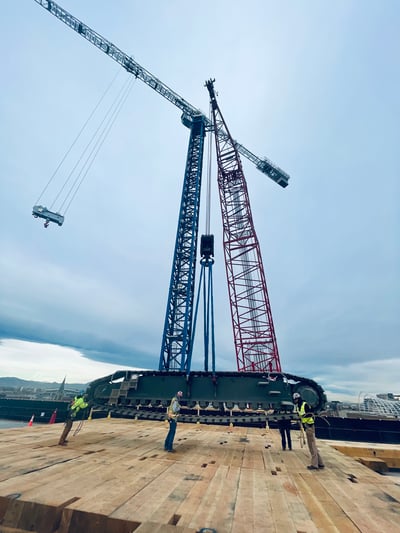
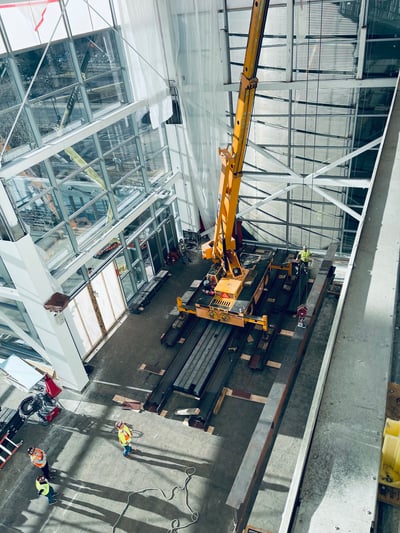
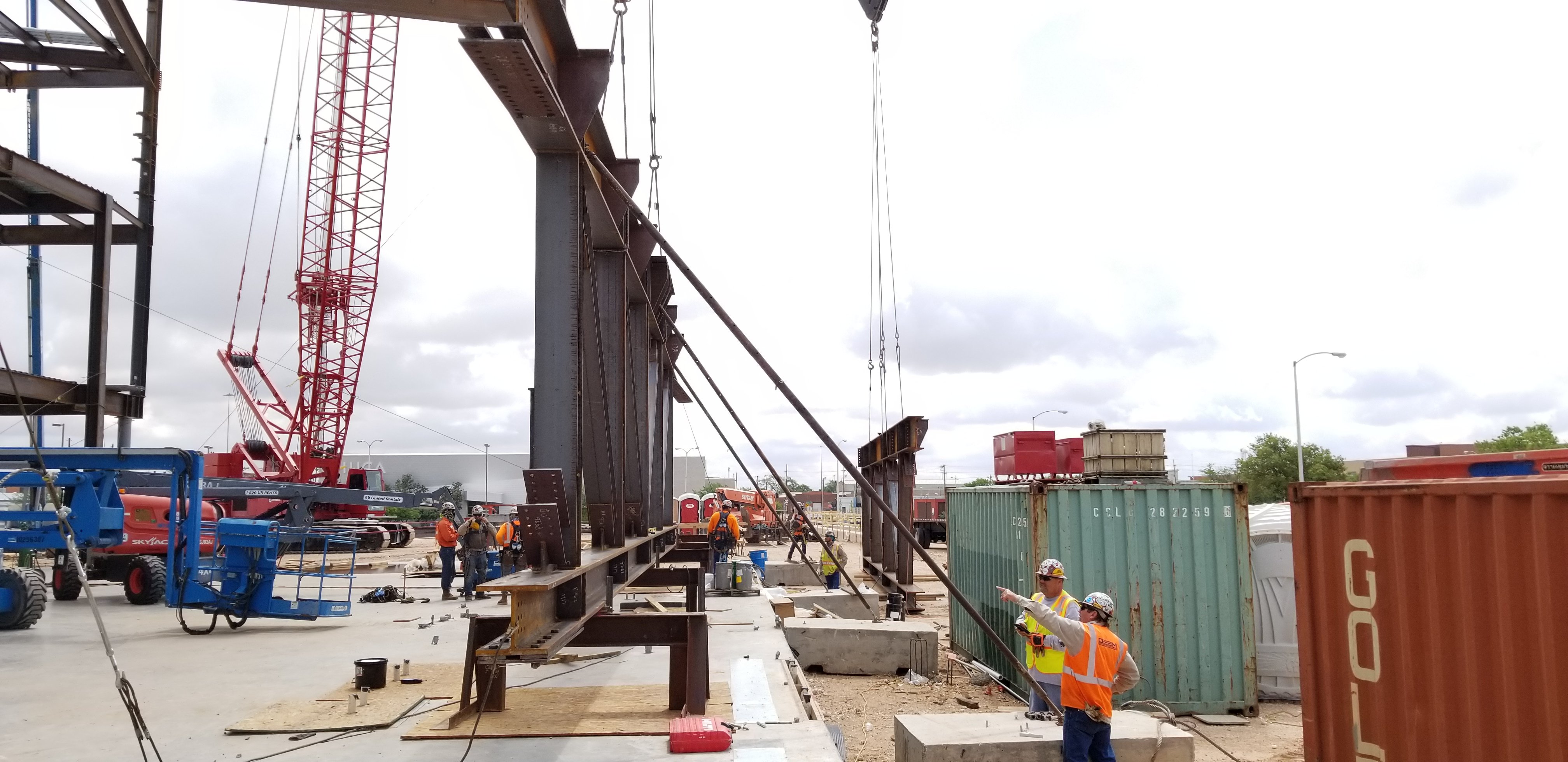
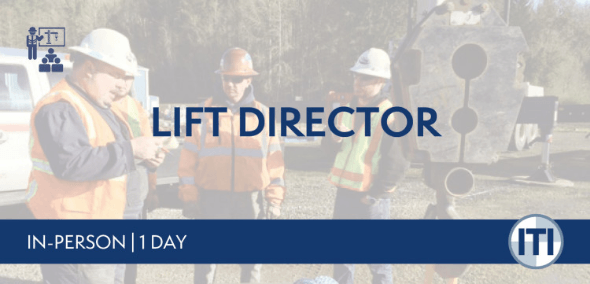

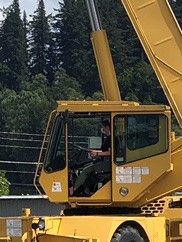
COMMENTS